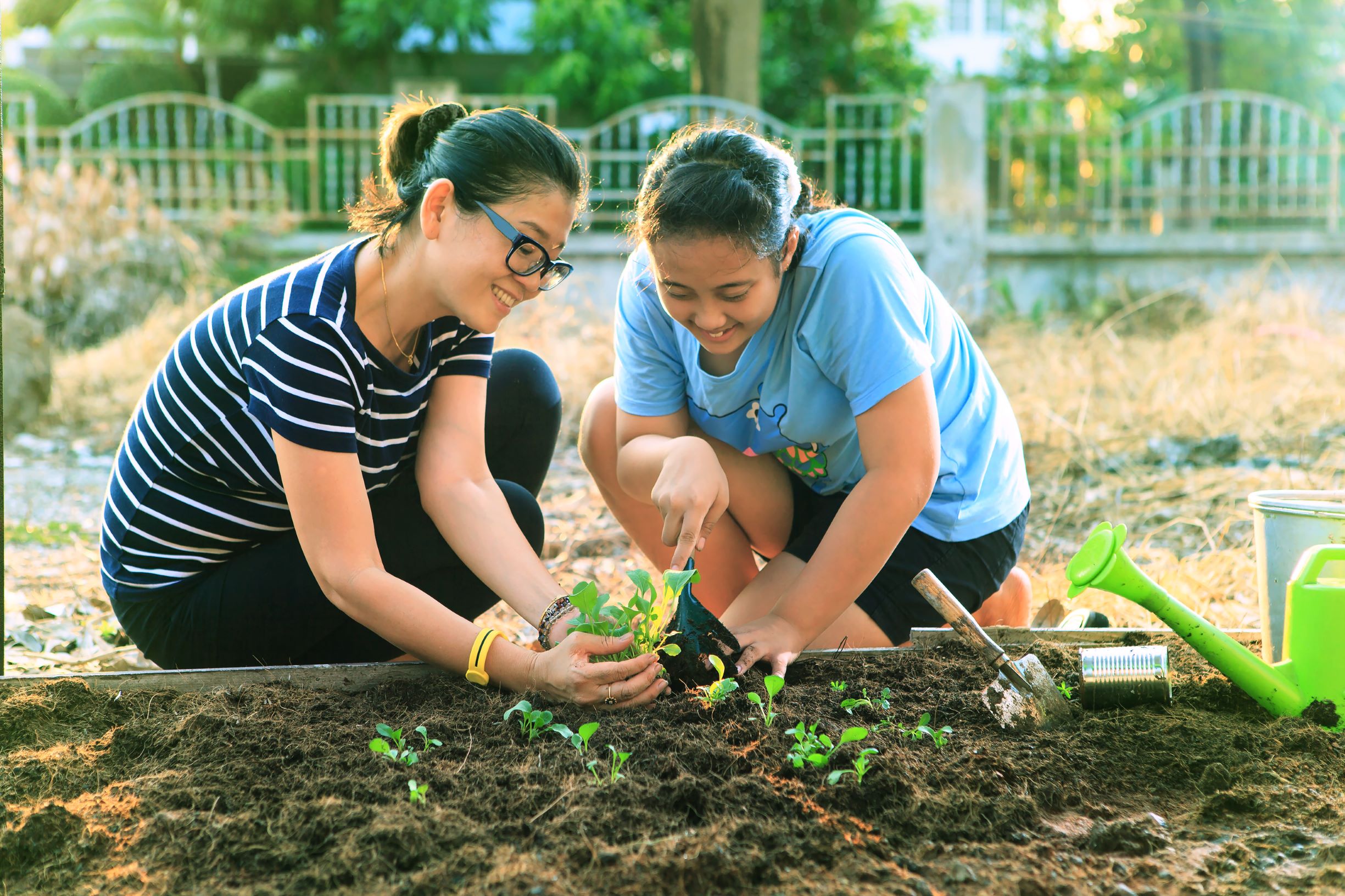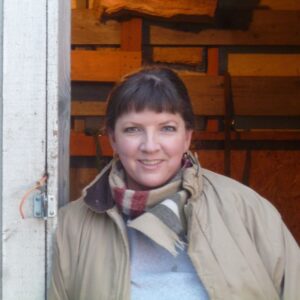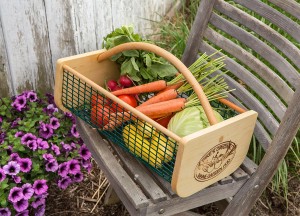 The year 2020 has brought about many changes. One of the most exciting is the number of people embarking on new journeys toward a simpler life.
The year 2020 has brought about many changes. One of the most exciting is the number of people embarking on new journeys toward a simpler life.
These journeys take many forms. While some people are restricted to growing a windowsill garden in an apartment, a huge number are moving to suburban or rural areas and starting over. In fact, there has been an enormous exodus of people leaving the cities, anxious to find their own version of a quieter and more self-sustaining lifestyle.
The availability of high-speed internet service, even in remote locations, has been a game-changer in this respect. For the first time in history, many people can have the best of both worlds. They can continue their careers, while developing hands-on rural skills far away from urban hubs. Imagine working a job while hearing roosters crow and watching the sun rise over fields and trees. This is the New Normal for millions of people eager to embark on a more rugged and self-sufficient lifestyle.
But even though life is supposed to become simpler away from the city, many people become worried because there’s so much to do! The number of projects to tackle, the number of improvements to make, and the number of skills to learn can be overwhelming. To this end, consider two pieces of advice.
One, make a list. Lists are free and the sky’s the limit. List everything you want to accomplish in the next ten years. Grow a garden? Learn to can? Get some goats? Build a barn? Whatever it is – no matter how long-term or complicated – add it to the list. Then divvy that list into three categories. The first category is for things that are less expensive, easy to do, or take a long time to mature (such as planting fruit trees). The second category is for those things that are costlier, not as important, or take time to learn. The third category is for those things that are the least important, or require a long prep time (such as saving for a tractor). This master list should be fluid and adaptable, but it’s a surprisingly powerful tool for achieving goals.
Two, don’t try to tackle everything in the first year. There are so many possible directions to go, and once again it can get overwhelming. Instead, pick a project – perhaps creating a garden space – and concentrate on nothing more than that. One major project per year is a good rule of thumb.
But this doesn’t mean you can’t tackle numerous smaller projects. How about learning to make homemade bread or pies? How about making sure you have lights if the power goes out? What about learning to wash or dry your clothes without electricity?
Most projects can become family affairs. Letting kids learn to garden or milk a goat or dehydrate vegetables or build an outbuilding alongside their parents is how children have learned since time immemorial. Treat each project as the fun adventure it’s meant to be. After all, this new lifestyle is designed to increase your knowledge, your self-sufficiency, and your skills. Relax and enjoy the process.
Whatever project you pick, Lehman’s can help. Their experienced personnel are a font of information, and their entire inventory is centered around increasing self-sufficiency and creating a simpler lifestyle for their customers. Don’t hesitate to call upon them for assistance.
Editor’s Note: This article was first posted in October 2020.
Powered bycontact woocommerce

































